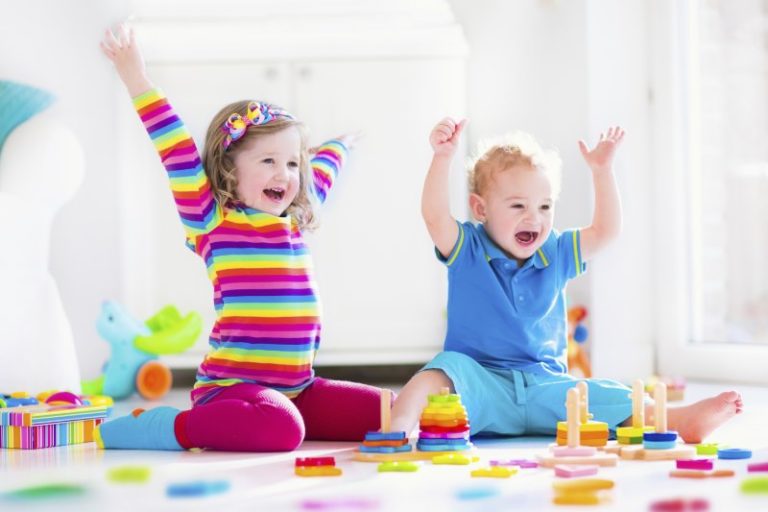If your kids collect porcelain dolls, vintage toys, or any other collector items that need extra care, you’ll need to pack all of these items separately. Tightly cover all of these toys in bubble wrap, towels, or another packing material before placing them neatly in a box.
If you still have the original boxes for these items, you may find Styrofoam and other packing materials useful to pack toys individually. Be mindful of how many items you place in a box so you don’t overpack fragile items.
You don’t need to box up teddy bears and other plush toys. You may find it easier to pack soft toys in large tote bags or sturdy garbage bags. Just keep in mind that these bags are ideal for moving but not the best choice for storage.
If you plan to leave these toys in the garage, basement, or a climate-controlled storage unit for any period of time, an airtight tote box or similar container will help to protect soft toys from mold and mildew damage.

